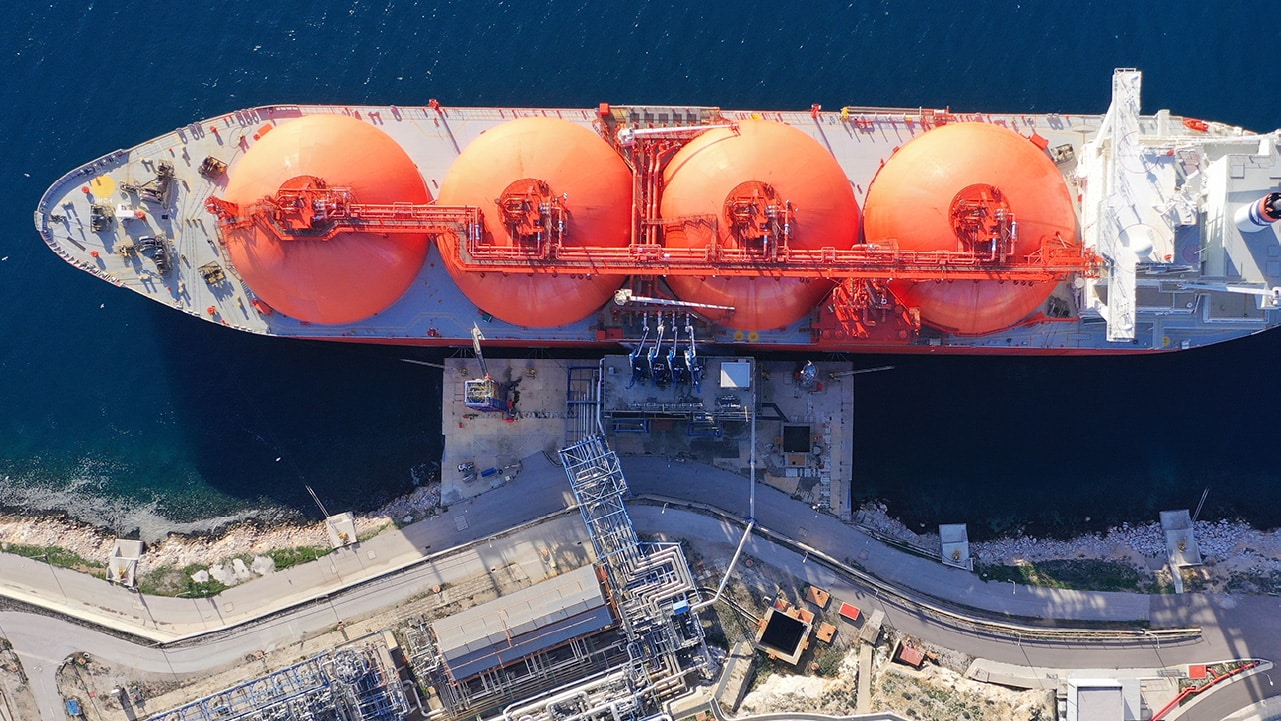IMO MSC/Circ.406 Hydrostatic Pressure Testing of Cargo Tanks
The International Maritime Organization (IMO) MSC/Circ.406 hydrostatic pressure testing is a critical procedure for ensuring the integrity and safety of cargo tanks used in marine transportation. This test is mandatory for all new ships constructed after 1st January 2019, as per the requirements set forth by the IMO's International Code for Ships Operating in Polar Water (Polar Code). The primary objective is to verify that the cargo tanks can withstand the hydrostatic pressure imposed on them during loading and unloading operations without any leakage or structural failure.
The testing process involves filling the cargo tank with water, maintaining a specified pressure, and monitoring for leaks over an extended period. This procedure ensures compliance with international maritime regulations and enhances safety by identifying potential weaknesses in the design, construction, or maintenance of the tanks. The test is particularly important given the high-pressure environment in which these tanks operate.
For comprehensive testing, we use state-of-the-art equipment that adheres to IMO guidelines. Our services encompass a wide range of cargo tank types, including bulk carriers, oil tankers, and chemical tankers. Each type has unique requirements based on its design and operational parameters, such as the maximum operating pressure it can handle.
Our team of experienced engineers meticulously prepares each specimen for testing, ensuring that all pre-test checks are completed to industry standards. This includes verifying the integrity of the tank's structure, inspecting welds, and confirming that any necessary repairs have been made before proceeding with the test.
The actual testing involves filling the cargo tank with water until it reaches a specified pressure level. The pressure is then maintained for several hours, during which our engineers closely monitor the tank for any signs of leakage or structural damage. Once the test period has elapsed, the pressure is gradually reduced to atmospheric levels before the tank is drained and inspected.
Upon completion of the test, we provide a detailed report that includes all relevant data from the testing process. This report serves as evidence of compliance with international maritime standards and can be used for insurance purposes or regulatory submissions. The report also highlights any areas where improvements could be made to enhance the tank's durability and safety.
Applied Standards
| Standard | Description |
|---|---|
| IMO MSC/Circ.406 | The International Maritime Organization's mandatory guidelines for hydrostatic pressure testing of cargo tanks. |
| ISO 9015-2:2008 | This standard specifies requirements for the design, construction, and maintenance of ships' hulls and their associated equipment. |
| EN ISO 6346:2020 | An international standard that provides classification methods for seagoing vessels. |
Quality and Reliability Assurance
- Use of calibrated test equipment to ensure accurate pressure readings.
- Strict adherence to IMO guidelines throughout the testing process.
- Comprehensive quality checks at every stage, from specimen preparation to final inspection.
- Detailed documentation and reporting for each completed test.
Customer Impact and Satisfaction
The IMO MSC/Circ.406 hydrostatic pressure testing not only ensures compliance with international maritime regulations but also significantly enhances the safety of cargo transportation. By identifying potential weaknesses in the design, construction, or maintenance of cargo tanks, this testing process helps prevent accidents at sea and protects both crew members and the environment.
Our customers benefit from our expertise in conducting these tests efficiently and accurately. We provide detailed reports that are invaluable for insurance purposes, regulatory submissions, and internal quality control processes. Our commitment to excellence ensures that your cargo tanks meet the highest standards of safety and reliability.





